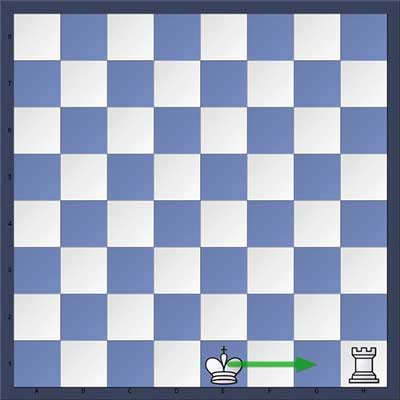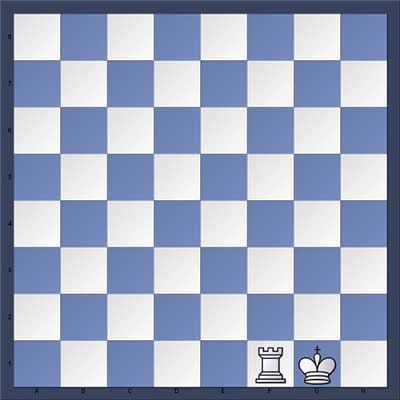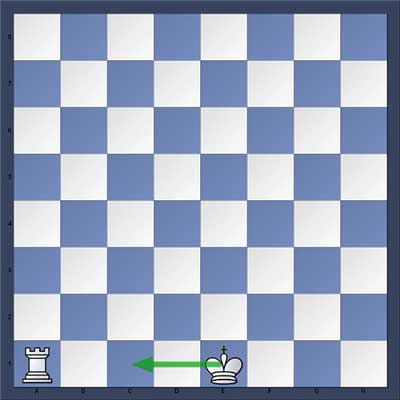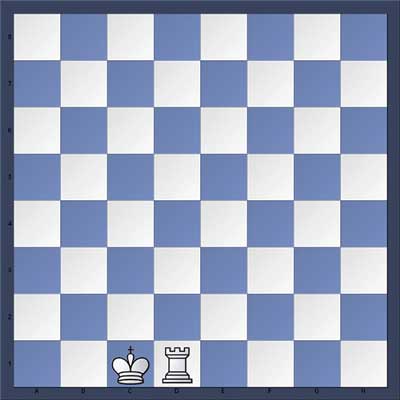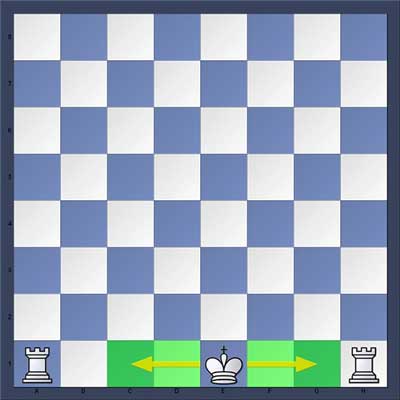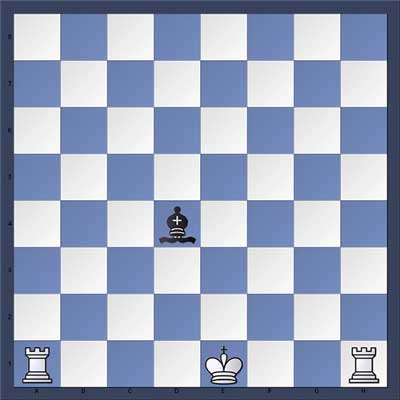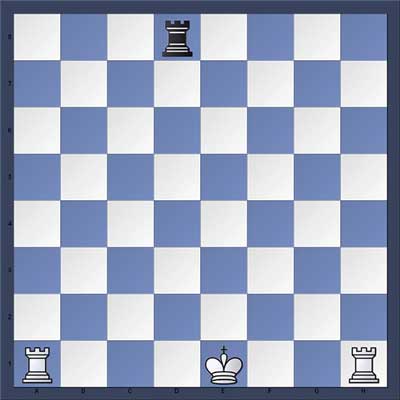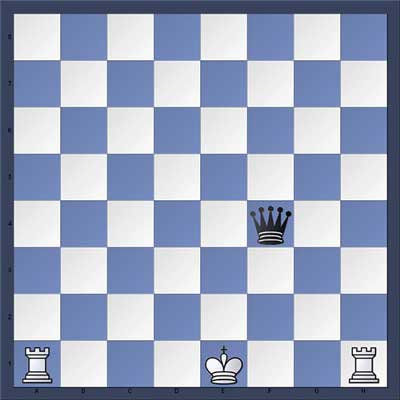Castling
11 Apr 2015There are only two special moves in chess.
1. Castling
2. En-passant
Castling means ‘building a castle around your King’. This special move is made with King and Rook. This is special because, this is the only move in chess where two pieces can be moved at once! In the beginning of Chess, there was no castling. It was introduced in later stages to provide safety to King. When I started learning Chess, one would be considered as a standard player only if he knew what castling is.
Castling is actually very simple if you understand the rules behind it. In castling the King moves two steps to it’s right or left and the Rook goes to the other side and stands directly beside the King.
There are two types
1. Short Castling [King side Castling]
Short castling is called so because the gap between King the Rook, before castling is less. It is represented as 0-0
Before Castling
After Castling
2. Long Castling [Queen side Castling]
Long castling is called so because the gap between King the Rook, before castling is more. It is represented as 0-0-0
Before Castling
After Castling
Ok, that looks pretty easy, but there are some conditions to follow before you castle:
1. There should be no piece in between the King and the Rook.
2. The King and the Rook (which is involved in castling) should be untouched. i.e, they shouldn't have moved before.
3. The King should not be in check.
4. The ‘path’ through which the King travels for castling should be clear from any attack.
So what is this path? In the diagram below, the green squares represents the path.
Path: the squares through which the King travels for a Castling.
why do I call it ‘path‘ when no one else has mentioned it like this before anywhere?
There is a reason. This is the logical explanation you can give to describe the last rule. As per the rule, ‘the King cannot walk himself into a check‘. So in this case if the king should not get any check while travelling in the ‘path‘
This is solely for the purpose of making the concept comprehensive to kids. Make it easy for them. If they find something difficult, they may not continue to show interest in it anymore.
In the below example, Short Castling is not possible because the Bishop is attacking the square g1. Whereas Long Castling is possible.
Also, observe that the Bishop is attacking the Rook on a1, but it doesn’t stop white from Long Castling.
In the below example, Long Castling is not possible because the Rook is attacking the square d1. However, short castling is possible.
In the below example castling is not possible on any side as the Queen is watching the squares d1 and f1.
Note
If you are playing chess on a physical chess board, you should always touch the King first for Castling, not the Rook. If you touch the Rook first and castle, it will be an illegal move and you will end up moving only your Rook.
Warning
Many beginners think that it is not possible to castle after recieving a check. But it is not true. Though you get a check, if you solve it without moving the King then you can castle.
Answers - select text to see the answers
1. No(Black Bishop is watching d1)
2. Yes
3. No(The King is in check)
4. No(The King has already moved)

